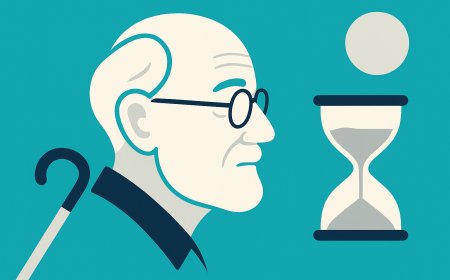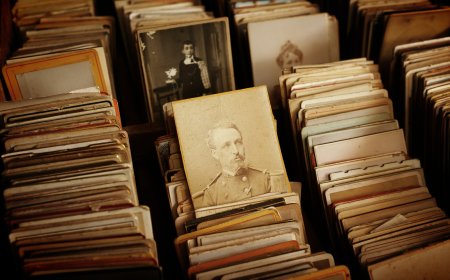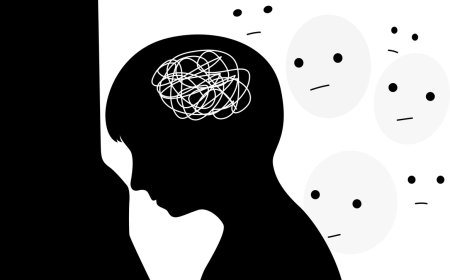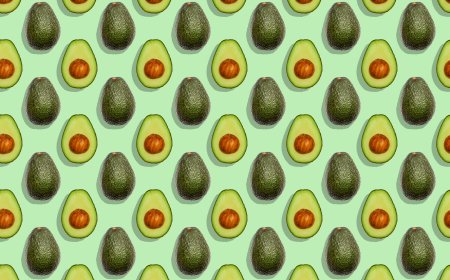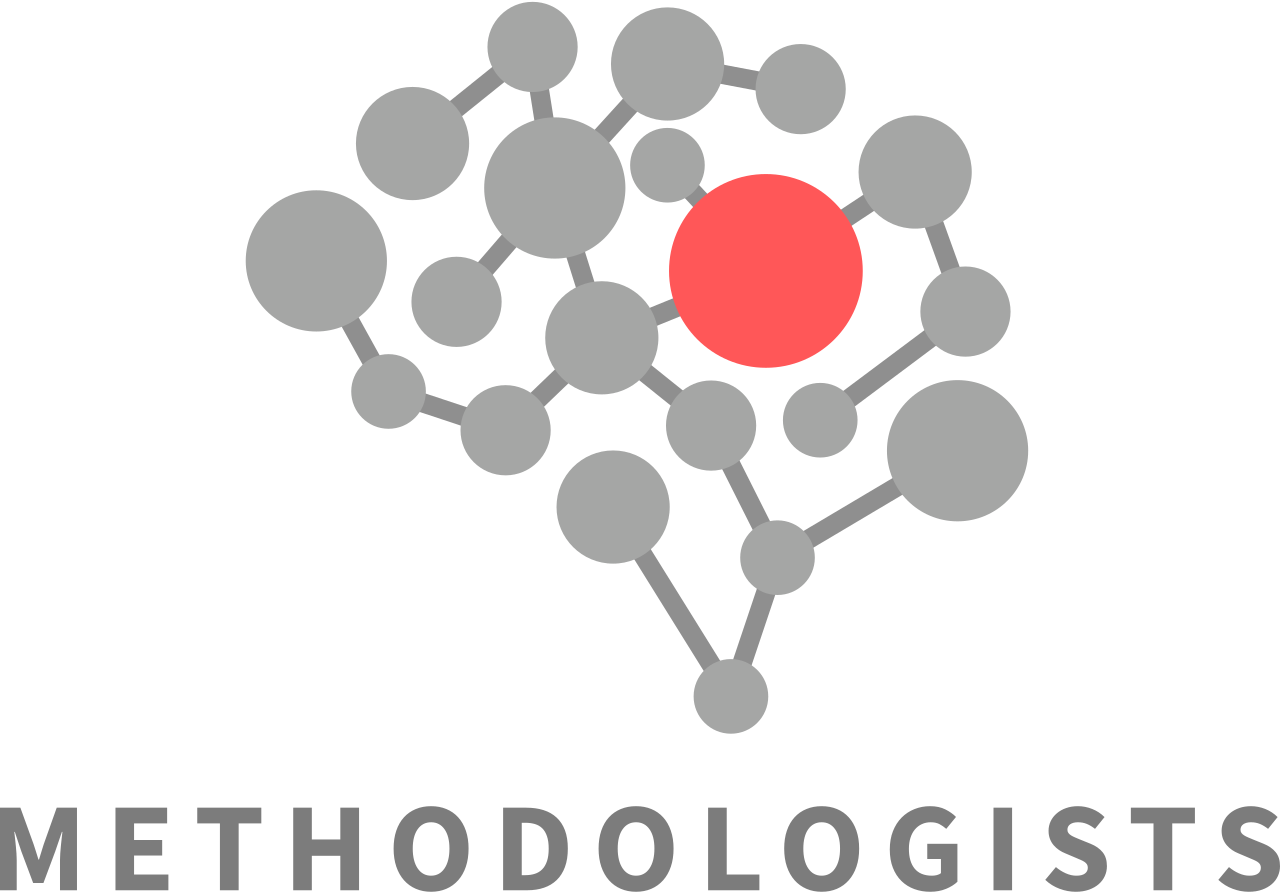Math Magic: Numbers, Shapes, and Patterns
Welcome to the mesmerizing world of math magic! In this article, we'll uncover the secrets of numbers, shapes, and patterns, and learn how to think like a math wizard. So, grab your magic wand (or calculator) and join us on this exciting journey through the world of math for kids aged 8-12.
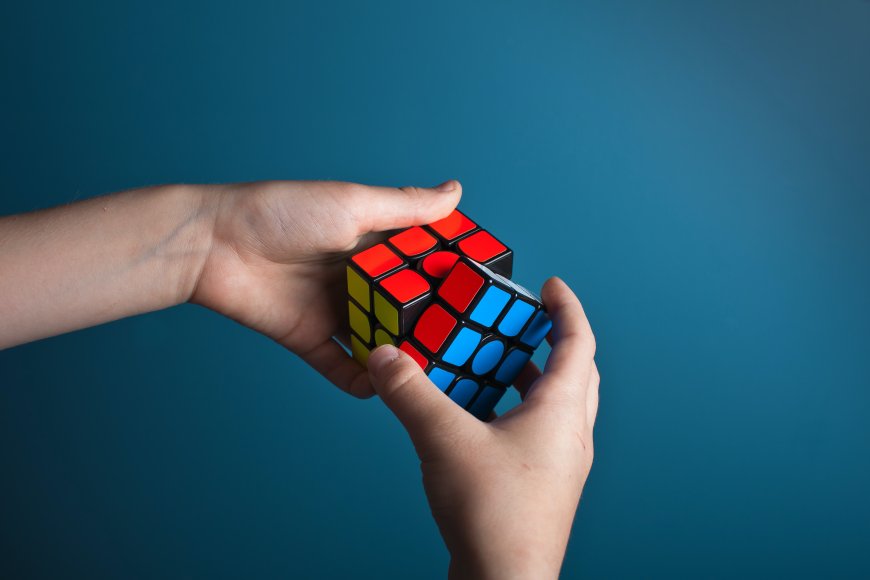
The Power of Numbers: Arithmetic Magic
Numbers are the building blocks of mathematics, and understanding their properties can lead to some mind-blowing math magic tricks. Here are a few arithmetic wonders to get you started:
-
The Magic of 9: Did you know that the sum of the digits of any multiple of 9 is always 9 (or a multiple of 9)? For example, the digits of 18 (1 + 8) add up to 9, and the digits of 27 (2 + 7) add up to 9 too. Try it with other multiples of 9 and see the magic for yourself!
-
Doubling and Halving: If you're trying to multiply a number by 2, you can simply double it. Conversely, if you want to divide a number by 2, you can cut it in half. For example, if you want to multiply 7 by 2, you can double it to get 14. Similarly, to divide 14 by 2, you can halve it to get 7.
-
Quick Squares: To square a number ending in 5, simply multiply the first digit(s) by the next higher number and then append 25 to the result. For example, to square 25, multiply 2 by 3 (the next higher number) to get 6, and then append 25 to get 625!
Shape Shifters: The Magic of Geometry
Geometry is the study of shapes and their properties, and it's filled with magical surprises. Let's explore a few geometric wonders:
-
The Pythagorean Theorem: This famous theorem states that in a right-angled triangle, the square of the length of the hypotenuse (the side opposite the right angle) is equal to the sum of the squares of the lengths of the other two sides. In other words, a² + b² = c², where a and b are the lengths of the two shorter sides, and c is the length of the hypotenuse. This theorem is named after the ancient Greek mathematician Pythagoras, who is credited with its discovery.
-
Tessellations: Tessellations are patterns formed by repeating shapes that fit together perfectly without gaps or overlaps. Some famous examples include the honeycomb pattern of hexagons in a beehive and the intricate tile patterns found in Islamic art and architecture.
-
The Golden Ratio: The golden ratio, often denoted by the Greek letter phi (φ), is a special number that's approximately equal to 1.618. It's found in many aspects of art, architecture, and nature, and is believed to be aesthetically pleasing. The golden ratio can be seen in the arrangement of petals in flowers, the proportions of the human body, and the design of famous buildings like the Parthenon in Greece.
Cracking the Code: Patterns in Math
Mathematical patterns are sequences of numbers, shapes, or objects that follow a specific rule. Recognizing and understanding patterns is an essential skill for problem-solving and mathematical thinking. Let's explore some fascinating patterns:
-
The Fibonacci Sequence: The Fibonacci sequence is a series of numbers in which each number is the sum of the two preceding ones: 0, 1, 1, 2, 3, 5, 8, 13, 21, 34, and so on. This famous sequence appears in various forms throughout nature, like the arrangement of seeds in a sunflower or the spiral pattern of a pinecone.
-
Fractals: Fractals are complex geometric shapes that exhibit self-similarity, meaning they look similarat different scales. This means that if you zoom in on a fractal, you'll see the same pattern repeating itself over and over again. Some famous examples of fractals include the Mandelbrot set, the Sierpinski triangle, and the Koch snowflake.
-
Pascal's Triangle: Pascal's Triangle is a triangular array of numbers where each number is the sum of the two numbers directly above it. This magical triangle has many fascinating properties and patterns, including the powers of 2, the Fibonacci sequence, and the binomial coefficients used in probability theory.
Mystery Science: Math Magic in the Real World
Now that you've learned some math magic, you might be wondering how these concepts apply to the real world. Well, math is everywhere! From the spirals in a seashell to the patterns on a butterfly's wings, the universe is full of mystery science waiting to be discovered.
By understanding the magic of numbers, shapes, and patterns, you can unlock the secrets of the world around you and become a true math wizard. So, keep exploring, practicing, and asking questions — your magical mathematical journey has just begun!
The Enchantment of Math Puzzles and Games
Math magic isn't just limited to numbers, shapes, and patterns. Puzzles and games can also reveal the hidden wonders of mathematics. Let's explore some popular math puzzles and games that captivate the minds of young learners:
1. Magic Squares
A magic square is a grid of numbers arranged in such a way that the sum of the numbers in each row, column, and diagonal is the same. This constant sum is called the "magic constant." Magic squares have fascinated mathematicians for centuries due to their mysterious properties and intriguing patterns. Try creating your own magic squares and see if you can discover the secret behind their enchanting allure!
2. Sudoku
Sudoku is a popular logic-based number puzzle that requires you to fill in a 9x9 grid with the numbers 1 to 9 so that each row, column, and 3x3 subgrid contains each number exactly once. Sudoku puzzles come in various levels of difficulty, making them suitable for kids and adults alike. By solving Sudoku puzzles, you can develop your logical reasoning and problem-solving skills while having fun.
3. Tangrams
Tangrams are a traditional Chinese puzzle consisting of seven flat pieces called "tans," which can be arranged to form various shapes and figures. The challenge is to use all seven pieces to create a specific shape without any overlaps or gaps. Tangrams provide a hands-on way for kids to explore geometry and spatial reasoning while fostering creativity and imagination.
4. The Tower of Hanoi
The Tower of Hanoi is a classic mathematical puzzle that consists of three rods and a number of disks of different sizes, which can slide onto any rod. The puzzle starts with the disks in a neat stack in ascending order of size on one rod, the smallest at the top. The objective of the puzzle is to move the entire stack to another rod, obeying the following simple rules:
- Only one disk can be moved at a time.
- Each move consists of taking the upper disk from one of the stacks and placing it on top of another stack or an empty rod.
- No disk may be placed on top of a smaller disk.
The Tower of Hanoi is a fascinating puzzle that teaches kids about recursion, a concept used in computer programming and problem-solving.
The Role of Math Magic in Education
Integrating math magic into the educational experience can provide numerous benefits for young learners. By engaging in activities and games that highlight the captivating aspects of math, kids can develop a deeper appreciation for the subject and overcome any fear or apprehension they may have. Here are some ways in which math magic can enhance education:
-
Motivation: Math magic can spark curiosity and inspire a sense of wonder and excitement in kids, motivating them to delve deeper into the subject and discover its hidden treasures.
-
Engagement: By presenting math concepts in a fun, accessible, and interactive manner, math magic can keep kids engaged and focused, making it easier for them to grasp and retain new information.
-
Critical Thinking: Solving math puzzles and exploring patterns requires kids to think critically, analyze information, and make connections. This helps them develop essential problem-solving skills that can be applied to various aspects of life.
-
Confidence: As kids become more proficient in math magic, they gain confidence in their abilities, which can lead to improved performance in other areas of math and a more positive attitude toward the subject.
Final Thoughts: The Lasting Impact of Math Magic
In the enchanting world of math magic, numbers, shapes, and patterns come to life, captivating the hearts and minds of young learners. By incorporating math magic into education, we can encourage kids to explore the beauty and wonder of mathematics, develop essential problem-solving skills, and foster a lifelong love for the subject.
So, continue to uncover the mysteries of math magic and share your discoveries with others. Together, we can inspire the next generation of mathematicians, scientists, and problem-solvers to unlock the secrets of the universe and make the world a more magical place.
Disclaimer: The image(s) featured in this article are for illustrative purposes only and may not directly depict the specific concepts, situations, or individuals discussed in the content. Their purpose is to enhance the reader's understanding and visual experience. Please do not interpret the images as literal representations of the topics addressed.
What's Your Reaction?







